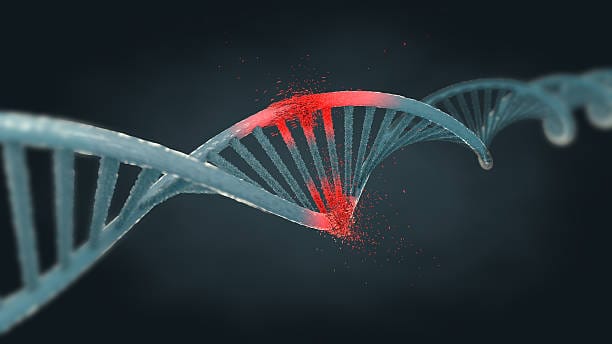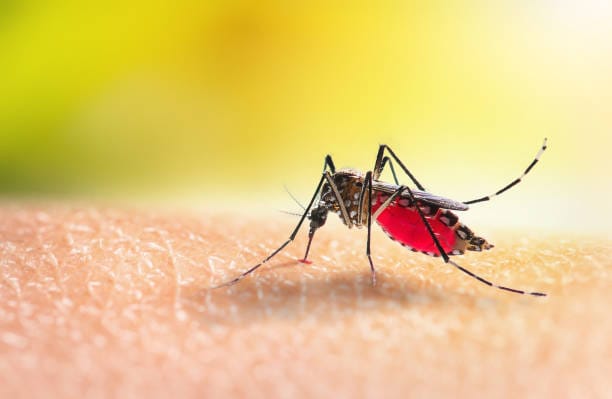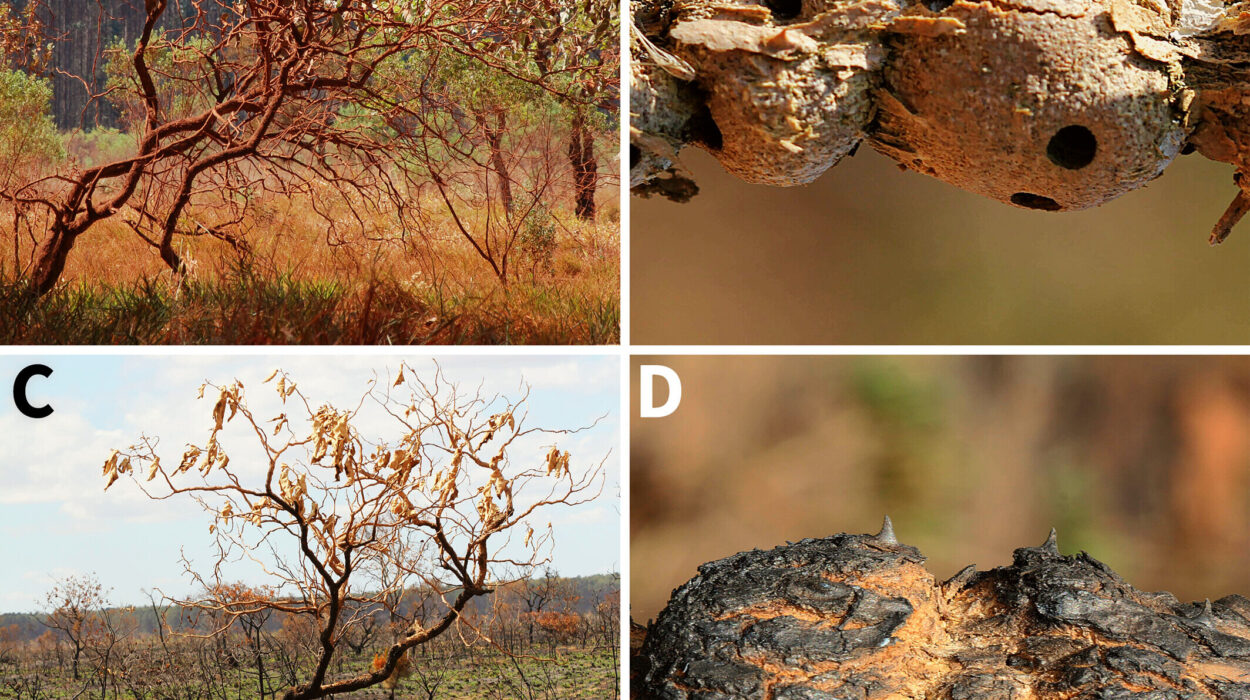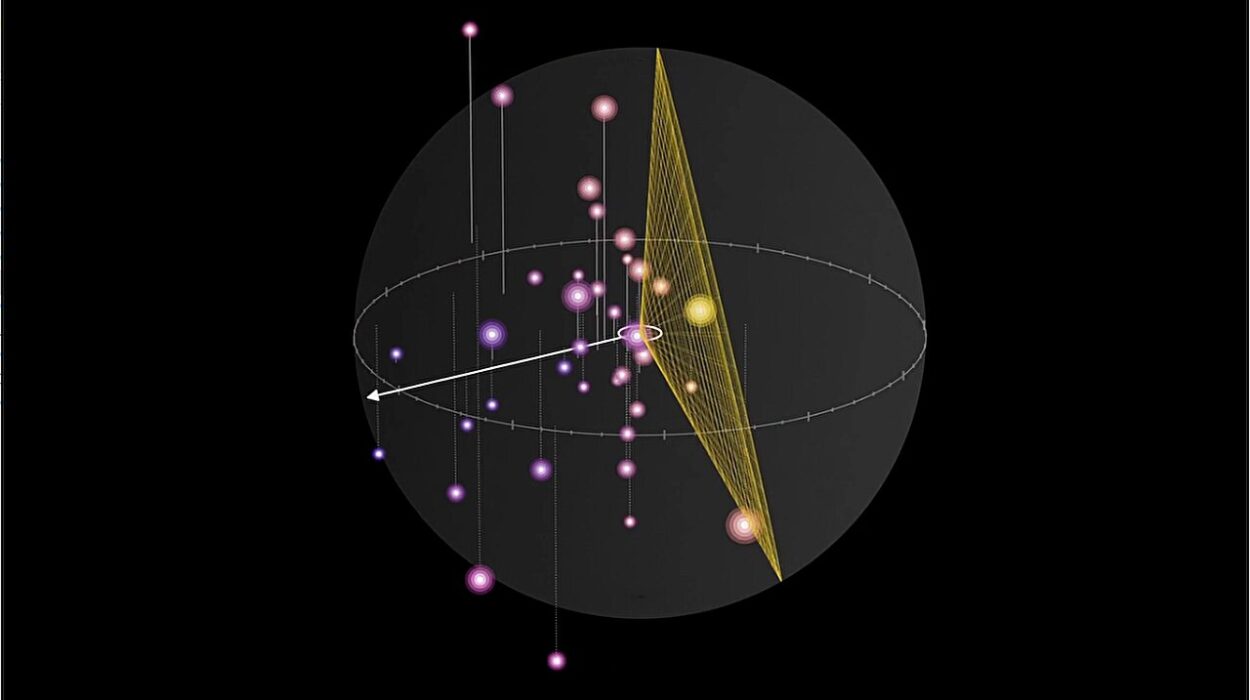Every cell in your body holds a complete instruction manual—its DNA, the master blueprint of life. This genetic code, made of just four chemical letters (A, T, C, and G), contains the instructions that guide the growth, function, and reproduction of your entire organism. Stretch it out, and the DNA in just one cell would measure about two meters. Coil it up tightly, pack it into the nucleus, and it operates with stunning precision—until something goes wrong.
Despite DNA’s central importance, it is remarkably vulnerable. Every day, the cells in your body endure an onslaught of threats that can damage their genetic material. Ultraviolet rays from the sun, harmful chemicals in the environment, by-products of metabolism, and even errors during cell division can all cause DNA damage. It’s estimated that each cell suffers tens of thousands of DNA lesions daily.
Left unrepaired, this damage can lead to dire consequences: mutations, cell death, premature aging, and cancer. But the story does not end in destruction. Rather, it unfolds in an extraordinary tale of resilience. Cells have evolved an arsenal of DNA repair mechanisms—sophisticated molecular systems that detect, assess, and correct damage with astonishing speed and accuracy.
DNA repair is not just a molecular necessity; it is a biological triumph. It keeps our bodies functioning, preserves the genetic code across generations, and reveals nature’s unyielding commitment to survival.
The Genesis of Damage: How DNA Gets Hurt
DNA damage can arise from both external and internal sources. These threats fall into broad categories—exogenous and endogenous—and they shape the landscape of cellular survival.
Exogenous sources come from the outside world. Ultraviolet (UV) radiation from sunlight is a notorious culprit, capable of causing thymine dimers—when two neighboring thymine bases bond together abnormally. Ionizing radiation, such as X-rays and gamma rays, penetrates tissues and breaks DNA strands. Chemical mutagens, like tobacco smoke and industrial pollutants, add toxic groups to DNA bases or induce bulky adducts that distort the double helix.
Endogenous sources, on the other hand, are by-products of the cell’s own metabolism. Reactive oxygen species (ROS), produced during cellular respiration, can oxidize DNA bases, resulting in mutations if unrepaired. Spontaneous chemical reactions such as deamination (removal of an amino group from a base) or depurination (loss of a base altogether) also threaten DNA integrity.
Even the very process of DNA replication—an essential step before cell division—is prone to error. DNA polymerases, while highly accurate, can occasionally incorporate the wrong base or slip, leading to insertions or deletions.
In every case, the cell faces a pivotal challenge: recognize the damage, respond appropriately, and restore order to the genetic code.
A Cellular Emergency Room: The DNA Damage Response
When damage occurs, cells do not react passively. They mount an elaborate and tightly regulated response known as the DNA Damage Response (DDR). This system acts as an emergency management team. It detects damage, halts the cell cycle to prevent error propagation, activates repair pathways, and—if the damage is too severe—initiates cell death to protect the organism.
Sensors like the ATM (ataxia-telangiectasia mutated) and ATR (ATM and Rad3-related) proteins act as molecular sentinels, patrolling the genome for breaks and abnormalities. Upon encountering damage, they trigger phosphorylation cascades that activate a host of effectors, including checkpoint kinases (CHK1, CHK2) and the guardian of the genome itself: p53.
p53 plays a critical role in determining a cell’s fate after damage. It can arrest the cell cycle, giving time for repair, or induce apoptosis (programmed cell death) if the damage is beyond repair. In this way, the DDR is both protective and ruthless. It aims not just to repair but to ensure that only intact genetic material is passed on.
Base Excision Repair: Fixing the Small Stuff
One of the most common forms of DNA damage involves minor chemical changes to individual bases. Oxidation, alkylation, and deamination alter base structure and disrupt normal base pairing. Left uncorrected, these changes can cause mutations during replication. Base Excision Repair (BER) is the cell’s precise mechanism for correcting such damage.
The process begins when a specialized enzyme called DNA glycosylase scans the DNA, flipping out and inspecting each base. If it detects an abnormal one—like uracil (which arises from deaminated cytosine)—it cleaves the base from the sugar-phosphate backbone, leaving behind an abasic site.
Next, an enzyme called AP endonuclease cuts the DNA strand at the site of the missing base. DNA polymerase then inserts the correct nucleotide, and DNA ligase seals the nick. The repair is seamless, and the code is restored with minimal disruption.
BER is a quiet, constant guardian, repairing thousands of small lesions every day. It exemplifies the elegance of cellular maintenance—routine, invisible, and essential.
Nucleotide Excision Repair: Clearing the Bigger Threats
When the damage is bulkier—such as UV-induced thymine dimers or carcinogen-induced adducts—the cell employs Nucleotide Excision Repair (NER). This pathway cuts out entire stretches of damaged DNA and replaces them with fresh nucleotides.
NER begins when damage recognition proteins, like XPC and RAD23B, locate the lesion. In transcription-coupled NER, the process is triggered when RNA polymerase stalls at a lesion during transcription. This ensures that actively transcribed genes receive prioritized repair.
Once the lesion is identified, a complex of enzymes—including TFIIH, XPA, and RPA—unwinds the DNA around the site. Two endonucleases, XPG and XPF-ERCC1, then make incisions on either side of the damage, excising a fragment of around 25–30 nucleotides.
DNA polymerase fills in the gap using the complementary strand as a template, and DNA ligase finalizes the process. The result is a restored double helix and uninterrupted gene expression.
Defects in NER underlie the genetic disorder xeroderma pigmentosum (XP), where patients are extremely sensitive to UV light and prone to skin cancers. XP patients lack functional NER proteins, and their cells accumulate mutations rapidly under sunlight exposure—vivid proof of NER’s critical role.
Mismatch Repair: Correcting Replication Errors
Despite the proofreading activity of DNA polymerase, occasional mistakes escape its vigilance. Mismatch Repair (MMR) is the cell’s way of correcting these rare but dangerous errors—such as a G-T or A-C mismatch caused by incorrect base incorporation during replication.
The MMR system relies on a group of proteins homologous to those first discovered in E. coli. In humans, key players include MSH2, MSH6, MLH1, and PMS2. MSH2 and MSH6 detect the mismatch, while MLH1 and PMS2 coordinate its removal.
Once a mismatch is found, the repair complex identifies the newly synthesized strand by detecting nicks or specific markers. It then removes a segment of the strand containing the mismatch and fills it in with the correct sequence using DNA polymerase.
Loss of MMR activity has severe consequences. Inherited mutations in MMR genes cause Lynch syndrome, a hereditary cancer predisposition characterized by early-onset colorectal and other cancers. The link between MMR and cancer highlights how vital error correction is in safeguarding the genome.
Double-Strand Break Repair: Healing the Most Dangerous Wounds
Of all types of DNA damage, double-strand breaks (DSBs) are the most catastrophic. When both strands of the double helix are severed, the continuity of the genome is shattered. If not properly repaired, DSBs can cause chromosomal rearrangements, loss of genetic material, or even trigger cell death.
Cells have evolved two primary pathways to repair DSBs: Non-Homologous End Joining (NHEJ) and Homologous Recombination (HR). Each pathway has strengths, weaknesses, and context-dependent utility.
Non-Homologous End Joining: The Quick Fix
NHEJ is the more ancient and rapid method. It is active throughout the cell cycle and especially important in non-dividing cells. When a DSB occurs, sensors like the Ku70/Ku80 heterodimer bind to the broken ends. They recruit DNA-PKcs (DNA-dependent protein kinase catalytic subunit), which aligns the ends and prepares them for repair.
Sometimes, the broken ends are incompatible—ragged or chemically altered. Nucleases and polymerases trim or fill in the ends before DNA ligase IV, aided by XRCC4 and XLF, joins them together.
NHEJ is fast but error-prone. Because it does not rely on a template, it can result in small insertions or deletions. However, its speed and availability make it indispensable, especially in immune system development where intentional DSBs create antibody diversity.
Homologous Recombination: The Gold Standard
HR is the more accurate of the two DSB repair pathways but is restricted to the S and G2 phases of the cell cycle when a sister chromatid is available as a template. It begins with end resection: enzymes like MRE11-RAD50-NBS1 (MRN complex) and CtIP trim back the 5’ ends, creating 3’ single-stranded overhangs.
RAD51, with the help of BRCA1 and BRCA2, coats the overhangs and searches for a homologous sequence on the sister chromatid. Once found, the damaged strand invades the intact duplex, using it as a template to synthesize new DNA. The process concludes with the restoration of the original sequence and seamless resolution of the break.
Mutations in HR genes—especially BRCA1 and BRCA2—are strongly associated with breast and ovarian cancers. These genes are now critical targets in cancer therapy, as their dysfunction makes tumors particularly vulnerable to drugs like PARP inhibitors that exploit defective repair pathways.
When Repair Fails: The Road to Cancer and Disease
DNA repair is powerful but not infallible. When repair systems are overwhelmed, compromised by mutations, or bypassed, the results can be catastrophic. Accumulated mutations in oncogenes and tumor suppressor genes drive the transformation of normal cells into cancerous ones.
Genomic instability—a hallmark of cancer—is often rooted in defective DNA repair. Many cancers show signatures of impaired repair: microsatellite instability from faulty MMR, chromosomal translocations from misrepaired DSBs, or mutational overload from BER or NER failure.
Inherited defects in repair genes, such as those seen in XP, Lynch syndrome, and BRCA-associated cancers, predispose individuals to early and aggressive disease. But even in sporadic cases, somatic mutations can disable repair pathways and promote malignancy.
The flip side of this vulnerability is therapeutic opportunity. Modern cancer treatments increasingly aim to exploit defective repair. PARP inhibitors, for example, selectively kill HR-deficient cells, sparing normal ones—a strategy known as synthetic lethality. Immunotherapies are also more effective in tumors with high mutation burdens due to failed repair, as they present more targets to the immune system.
DNA Repair and Aging: A Biological Timekeeper
As we age, our DNA repair capacity declines. Damage accumulates slowly but inexorably, contributing to the wear and tear that manifests as cellular senescence, tissue dysfunction, and organismal aging. The connection between DNA repair and longevity is supported by studies in model organisms, where enhanced repair leads to longer lifespans, and repair defects accelerate aging.
Progeroid syndromes—genetic disorders that mimic accelerated aging—often involve mutations in DNA repair genes. For instance, Werner syndrome and Cockayne syndrome are linked to defects in helicases and transcription-coupled repair, respectively. These conditions underscore the role of genome maintenance in preserving youth and vitality.
The dream of healthy aging and lifespan extension may well depend on our ability to preserve DNA integrity.
The Future of DNA Repair: From Bench to Bedside
Advances in molecular biology, genomics, and gene editing have opened new frontiers in understanding and manipulating DNA repair. Techniques like CRISPR-Cas9 not only allow us to study repair mechanisms but also harness them to correct genetic diseases.
Personalized medicine is now incorporating DNA repair status into treatment decisions. Tumor sequencing reveals repair defects that guide therapy choices. Biomarkers of repair proficiency can predict treatment outcomes. Drug development increasingly targets repair pathways, offering hope for more precise and less toxic treatments.
Even beyond medicine, the principles of DNA repair are inspiring new technologies in biotechnology and synthetic biology. DNA as a data storage medium, artificial chromosomes, and gene drives all depend on mastering the language of repair.
A Legacy of Restoration
The story of DNA repair is not just a tale of molecules and mutations. It is a story of life’s determination to endure, adapt, and flourish. Every second, across trillions of cells, armies of repair proteins search for errors, mistakes, and intrusions—correcting them quietly, faithfully, and almost always flawlessly.
Without DNA repair, life would be chaotic and short-lived. With it, we inherit not just our parents’ genes but their resilience. We grow, heal, and evolve. We age—but more slowly. And in the unfolding future, we may even learn to rewrite the code of life with the same grace that nature has used for billions of years.






